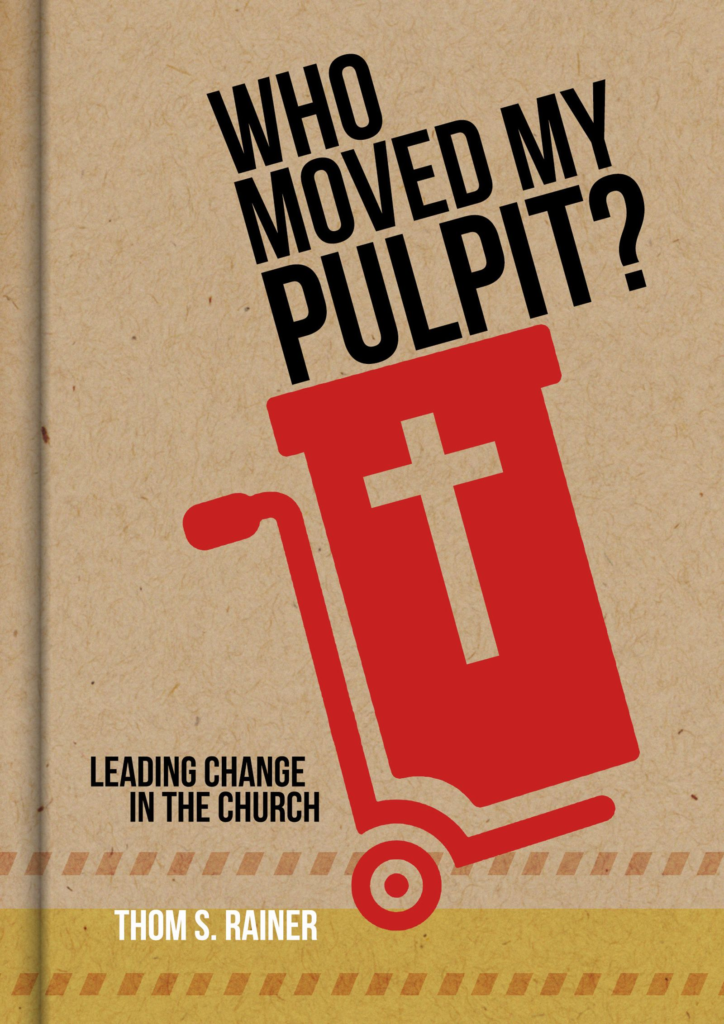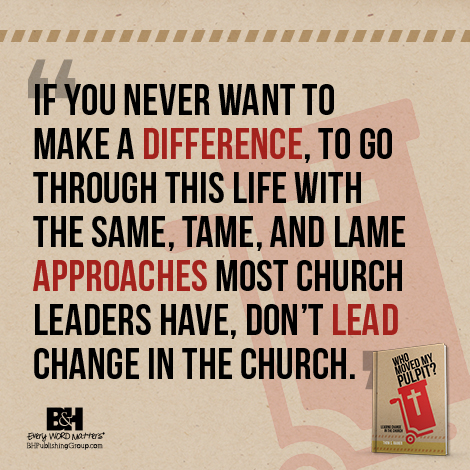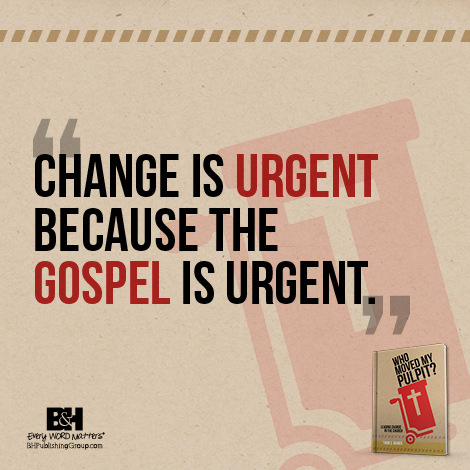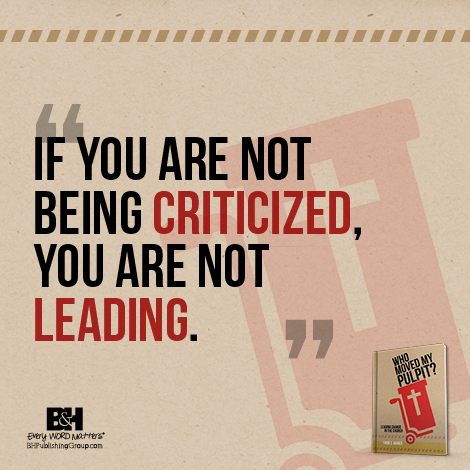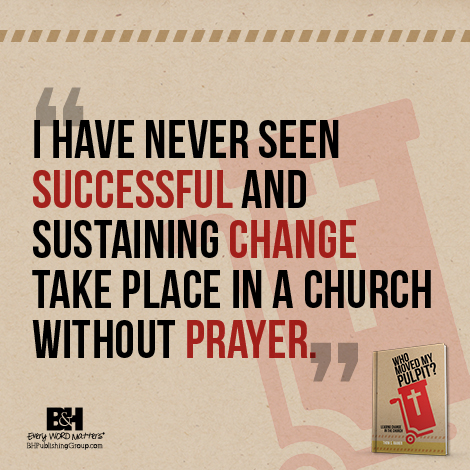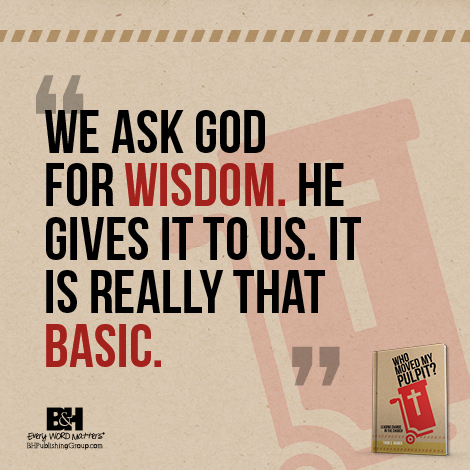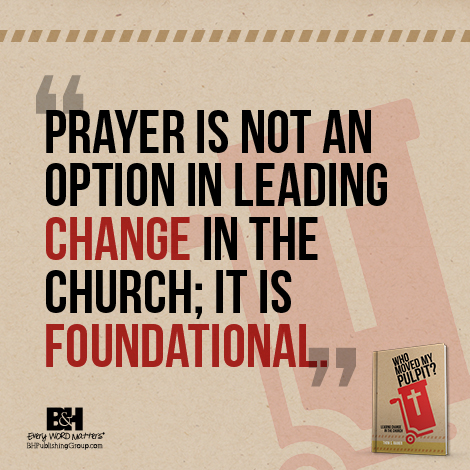Chapter 1: When the Pulpit Gets Moved. The book begins with a true story about a pastor who changed the pulpit in his church. The elders moved back the older pulpit without informing the pastor. He is shocked when he arrives on Sunday and his more modern pulpit is gone. He cries, “Who moved my pulpit?” This question becomes a launching point for change resistance stories in churches.
Chapter 2: Signs of Unmovable Members. Most church leaders will nod their heads with affirmation when they read this chapter. I take a few examples from my most popular blog posts to demonstrate the reality that many church members are change resistant.
Chapter 3: Churches of Unmovable Members. What happens when a church has members who resist change? The Great Commission and the Great Commandment are nothing more than slogans. The church is really not a New Testament church.
Chapter 4: STOP . . . and Pray. Before the book describes the methodological approach to change, this chapter serves as a reminder of our Source of strength, wisdom, and courage. I offer practical ways for prayer to become a pervasive reality as change takes place.
Chapter 5: Confronting the Brutal Facts. This is the beginning of the actual methodological approach to change in the church. And failure to confront reality is actually the number one reason churches do not change.
Chapter 6: Finding an Eager Coalition. Leaders should never lead change in the church alone. This chapter guides leaders toward building alliances of eager staff and members to be change agents themselves
Chapter 7: Simple Courage: Dealing with the People Issue. One of the key elements of change is getting the right leaders in the right place, and dealing courageously and compassionately with those who are not in the right place. Churches are notorious for refusing to deal with people issues; they suffer as a result.
Chapter 8: Moving from an Inward Focus to an Outward Focus. The New Testament is a story of the outward movement of the gospel. The majority of American churches are stories of the inward movement of personal preferences. This chapter addresses making the inward to outward change.
Chapter 9: Generating Short-Term Wins. Effective change requires short-term wins. They demonstrate the validity of the effort, and they encourage church members and leaders to keep pressing in the direction of change. This chapter shows some very practical ways to find and generate short-term wins.
Chapter 10: The Urgency Never Ends. Effective change can actually engender complacency, a sense of “we have arrived.” The urgency of the moment must always be present. The gospel must move forward; it cannot be stagnant. Great church leaders keep the urgency before the congregation.
Chapter 11: Life Is Short. Make a Courageous Difference. This final chapter is a reminder of why we do what we do in churches. It is a reminder of the urgency of the moment. And it is a reminder that God is always calling out courageous leaders. These final words will inspire leaders and move them to action.
Readiness for Change Inventory. A self-assessment to determine the level of readiness for change the congregation and the leadership currently have.

